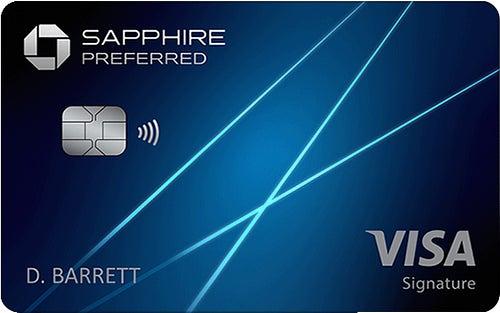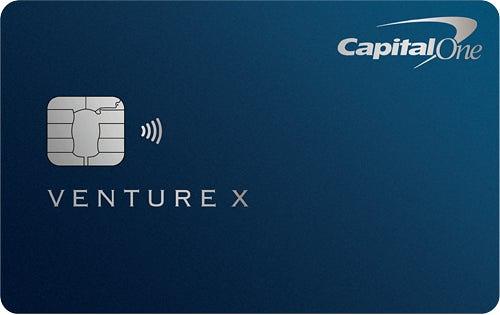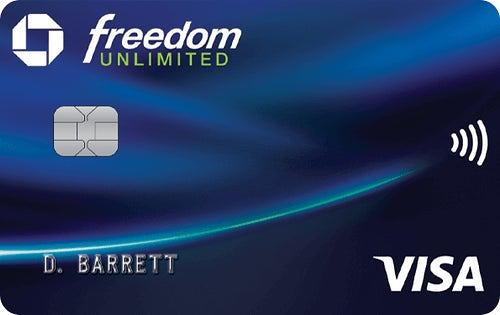The offers on this page are from advertisers who pay us. That may influence which products we write about, but it does not affect what we write about them. Here's an explanation of how we make money and our Advertiser Disclosure.
Credit cards are excellent tools for building credit and earning rewards, but they’re not always easy to understand. You often need to thoroughly examine the fine print of credit card offers to know how different benefits and fees work.
Here are common credit card benefits that are easy to misinterpret — and how to make sure you get the most out of your card.
1. Welcome offers
It’s standard practice for credit card issuers to provide a sign-up bonus to new cardholders. However, you generally don’t receive the bonus — often in cash back, points, or airline miles — for simply being approved. Instead, there’s usually a spending requirement you must meet first.
For instance, a credit card bonus may require spending $4,000 within the first three months of account opening. And card companies are quite strict with these rules: You likely won't receive the bonus if you don’t hit the spending requirement in the allotted time. This is why it’s important to plan your purchases ahead of time and make sure they post during the outlined spending period.
Something else to remember is that the welcome bonus countdown can start the moment you’re approved for a card, not when you receive the physical card in the mail.
Check out this month’s best limited-time credit card offers
2. Rewards value and redemption options
While the monetary value of your credit card rewards varies, it’s common for one point to equal $0.01 (one cent). In other words, 10,000 points equals $100. However, what your points are actually worth depends on the card and rewards program, and a one-cent valuation doesn’t apply in every situation.
Differences in reward value are most commonly found when examining the different redemption options available. Standard redemption options include statement credits, mailed checks, gift cards, and travel.
Some cards may provide a flat return on your rewards for all redemption options, making it easy to know the value of your points. But other cards might provide a higher point-value for specific redemption methods.
The Chase Sapphire Preferred? Card is a popular travel credit card that showcases the latter situation well. Redeeming points for cash or gift cards with this card nets you one cent per point. But if you were to redeem your rewards for travel bookings through Chase Travel?, your points would be worth 25% more — or 1.25 cents per point.
Note: Some credit card purchases might not earn rewards and could be considered a cash advance, incurring additional fees and/or interest charges. It varies by card issuer, but these could include gambling, lottery, and gift card purchases.
3. Annual percentage rate (APR)
Credit card APR is essentially a card’s interest rate. Here are different types of APRs and associated terms to be aware of when researching credit cards:
-
Variable APR: Most credit cards have a variable APR that can change over time. If your card has a fixed APR, it can still change, but your lender typically has to notify you of any changes beforehand.
-
Balance transfer APR: How much interest you pay on a credit card balance transfer. It’s separate from the standard APR in your cardholder agreement, which only applies to purchases. Many balance transfer credit cards provide 0% introductory APR offers on balance transfers for a certain period of time, which could help pay off credit card debt.
-
Cash advance APR: The interest you pay on a cash advance. This is typically higher than the standard APR on a credit card.
-
Penalty APR: The interest you pay if you breach the terms and conditions of your cardholder agreement, such as missing a payment. This is typically higher than the standard APR on a credit card, and could stay in place for six months or more once its been triggered.
Read more: Best balance transfer credit cards
4. Card protections and benefits
Card protections and benefits can be beneficial, but figuring out how to use them can be a challenge if you don’t read the fine print.
For example, the Capital One Venture X Rewards Credit Card provides cell phone insurance for eligible devices that are damaged, stolen, or unrecoverable in certain circumstances. Overall, it’s an excellent benefit, but to actually use it, you must meet certain conditions.
Digging into the benefits guide, we can see the coverage is supplemental, which means it only applies after you’ve exhausted any other coverage you might have, such as homeowner’s insurance. You must also pay your cell phone bill with your Venture X card to be eligible for this coverage.
In addition, there are certain limits to be aware of. You can receive up to $800 per claim (minus a deductible), with a maximum of up to two claims in 12 months.
5. Fees
Here are some of the most common types of credit card fees and how they work:
-
Annual fees are what you pay each year as a card member. Whether it’s worth paying an annual fee depends on the value a card can provide and your personal financial goals.
-
Foreign transaction fees are what you pay to make a purchase from a foreign merchant. If you’re a frequent traveler, we recommend using a credit card with no foreign transaction fees.
-
Late fees are how much you pay when making a late payment. To avoid late payments and potential impacts on your credit score, consider setting up automatic payments in your online account.
-
Cash advance fees are how much you pay to complete a cash advance. It’s generally not worth using cash advances unless it’s an emergency, because of their high fees and interest rates.
-
Balance transfer fees are how much you pay to transfer debt from one credit card to another. To decide if a balance transfer is worth it, calculate whether you’ll save more on interest than you’ll pay in balance transfer fees.
Read more: Credit card fees explained
6. Grace period
A credit card grace period is the time between the end of a billing cycle and when your monthly payment is due. During this time, you typically don’t have to pay interest on your previous purchases. You should receive this grace period every billing cycle if your previous balance was paid off by its due date.
But many people might not realize they could lose their grace period if they carry a balance from one billing cycle to the next. At that point, they might be in for a rude awakening when credit card interest immediately accrues on the previously unpaid balance and any new purchases moving forward.
Credit cards with straightforward rewards programs
These are some of our preferred credit cards with straightforward rewards:
Why we like it: The Chase Freedom Unlimited has a simple redemption program, allowing you to redeem rewards for cash, gift cards, and travel at a value of one cent per point. This gives you some flexibility with redemption options since the main choices offer the same value.
Learn more about the Chase Freedom Unlimited Card
Why we like it: The Capital One Quicksilver lets you trade in your rewards for cash back, covering previous purchases, gift cards, travel, and more. From our experience, the value doesn’t vary between the primary redemption options.
Read our full Capital One Quicksilver Cash Rewards review
Why we like it: The Capital One Savor has the same redemption options and values as the Capital One Quicksilver, giving you multiple ways to redeem rewards without varying values.
Read our full Capital One Savor Cash Rewards review
Why we like it: The Amex Blue Cash Preferred is about as straightforward as you can get with its rewards, only providing two redemption options: statement credits and Amazon.com credits to cover purchases. One Reward Dollar typically equals $1.
Frequently asked questions (FAQs) about credit card fine print
What are the sneaky ways that credit card companies make you spend more?
While not necessarily a credit card company trick, using rewards credit cards to earn valuable points or cash back can be detrimental if you spend more than you usually would to earn additional rewards. The increased spending likely cancels out any value you might receive from earning more rewards.
Even worse, overspending can lead to credit card debt — and pricy interest fees.
What tactics do credit card companies use?
It’s common for credit card companies to offer introductory interest rates on specific cards to draw customers in. These 0% intro APR cards can help you cover large purchases or make balance transfers during the low-interest period. However, the interest rate spikes after the promotional offer ends, costing you money if you still have a balance at that time.
What are some hidden fees credit card issuers may charge without you realizing?
Many card issuers charge a penalty interest rate, or penalty APR, if you violate specific terms of your cardholder agreement. This often includes not making your required payments for multiple billing cycles or over 60 days. The penalty APR replaces your standard APR and could reach as high as 30% or more.
This article was edited by Alicia Hahn
Editorial Disclosure: The information in this article has not been reviewed or approved by any advertiser. All opinions belong solely to Yahoo Finance and are not those of any other entity. The details on financial products, including card rates and fees, are accurate as of the publish date. All products or services are presented without warranty. Check the bank’s website for the most current information. This site doesn't include all currently available offers. Credit score alone does not guarantee or imply approval for any financial product.












